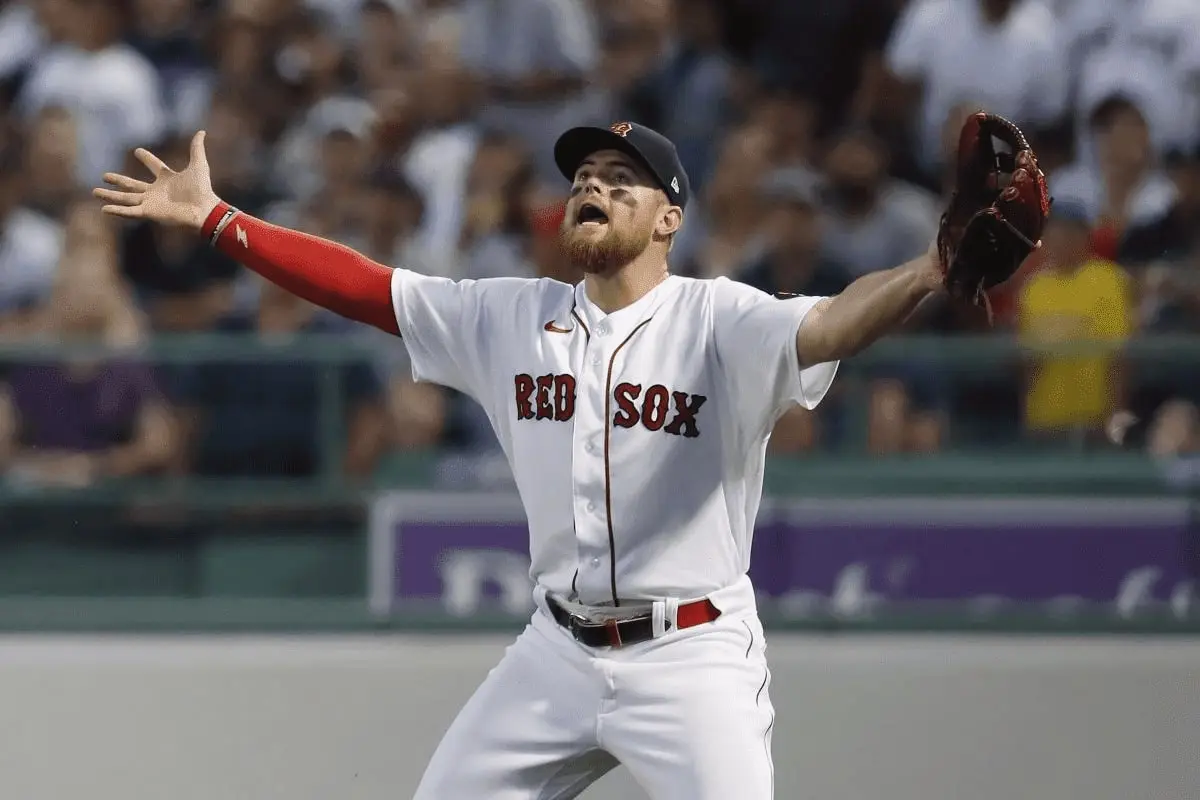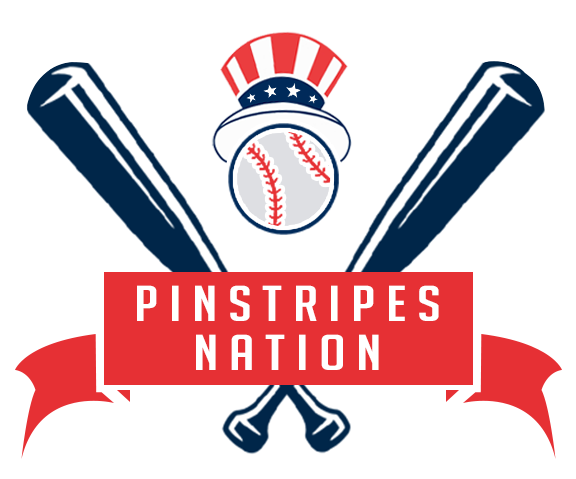Uncovering secrets behind Yankees building 1927 and 2009 superteams

Sara Molnick
More Stories By Sara Molnick
- Mother’s Day: How Anthony Volpe’s mom molded him into a Yankee phenom
- 470-Foot Bomb: Aaron Judge sets career record despite Yankees’ loss to Red Sox
- Giancarlo Stanton to rejoin Yankees for Phillies series opener on Monday
- Yankees’ prospect Jasson Dominguez hits 1-for-4 in Triple-A comeback
- Rich Hill draws Yankees’ attention for midseason signing
- February 6, 2024
- 9:44 am
- No Comments
Table of Contents
The New York Yankees, synonymous with baseball success, have a rich history of leveraging their financial resources to assemble championship-caliber rosters. Following the 2023 debacle, the team is in a frantic rebuilding mode and lifting the veil on the construction of 1927 and 2009 Yankees super squads is likely to give them a direction to follow.
Let’s delve into the past and compare two iconic teams from different eras: the legendary 1927 Yankees and the 2009 squad, exploring the role of money in shaping their construction.
1927 Yankees: Money and mind brought together a superteam
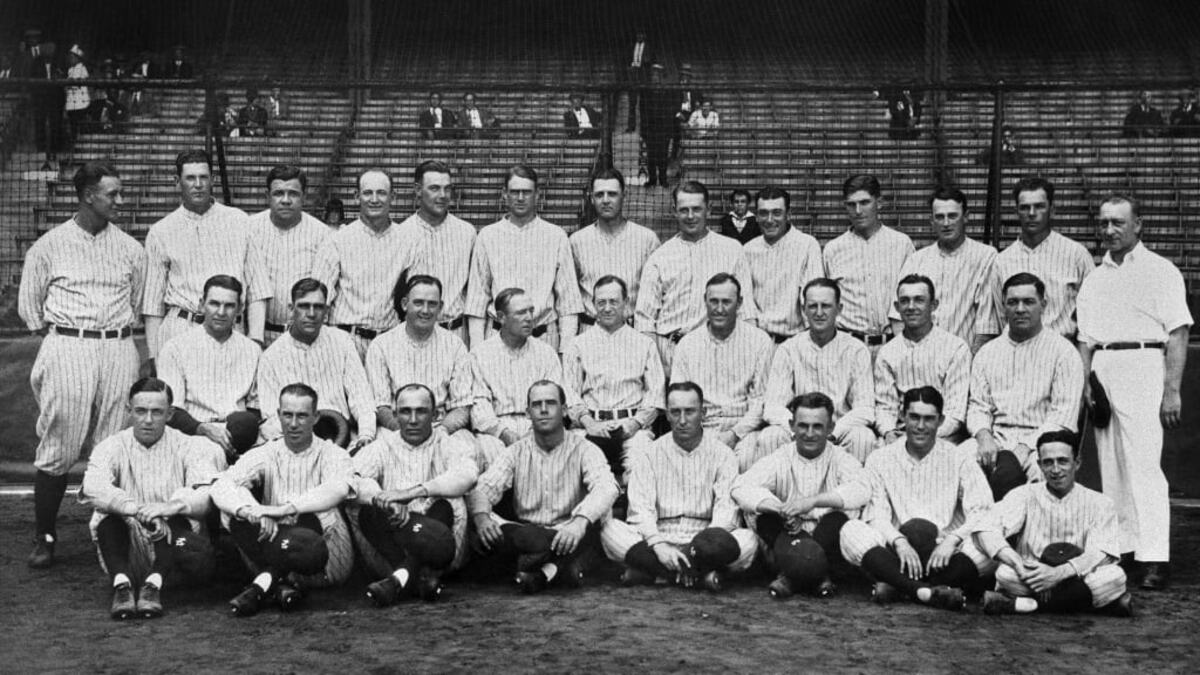
Picture baseball before the structured systems of free agency and drafts. In this era, teams like the Yankees, with deeper pockets, could procure talent from independent leagues. Enter Ed Barrow, the Yankees’ astute architect, who orchestrated the assembly of the iconic 1927 team.
At its core was the formidable Babe Ruth, acquired by the Yankees from the Red Sox in 1919 in a controversial deal involving a then-significant sum of $100,000 paid in installments, supplemented by a $300,000 loan from co-owner Jacob Ruppert. Barrow adeptly capitalized on Boston’s financial struggles, later securing ace pitcher Waite Hoyt and other vital contributors in a sprawling eight-player trade with the Red Sox, which unsurprisingly included cash. His discerning eye for talent extended to local prospect Lou Gehrig, who signed for a modest $1,500 bonus and a monthly stipend of $400 – a deal facilitated by the Gehrig family’s financial hardships.
Barrow’s strategic maneuvers continued with astute trades and minor-league acquisitions. He recruited Red Sox coach Paul Krichell as the Yankees‘ chief scout and acquired outfielder Earle Combs from Louisville for $50,000 and two minor players. In 1925, he took a calculated risk by sending the same package to the Salt Lake City minor-league club for second baseman Tony Lazzeri, whose offensive prowess was accentuated by the high altitude. This investment, costing $50,000 and two minor players, proved immensely rewarding. Barrow further bolstered the roster by purchasing Wilcy Moore from the Sally League for $3,500 and acquiring outfielder Bob Meusel and right-hander Urban Shocker from the minors.
Empowered by these acquisitions and Ruth’s immense popularity, the 1927 Yankees soared to unprecedented heights. They maintained the top spot throughout the season, outscoring opponents by an astounding 376 runs. Their final record: was 110-44. They swept the World Series against the Pirates, etching their place in baseball history. The team featured six future Hall of Famers in Ruth, Gehrig, Pennock, Lazzeri, Hoyt, and Combs, a testament to Barrow’s talent procurement prowess, fueled by strategic spending.
2009 Yankees: A frenzied effort to assemble a superteam
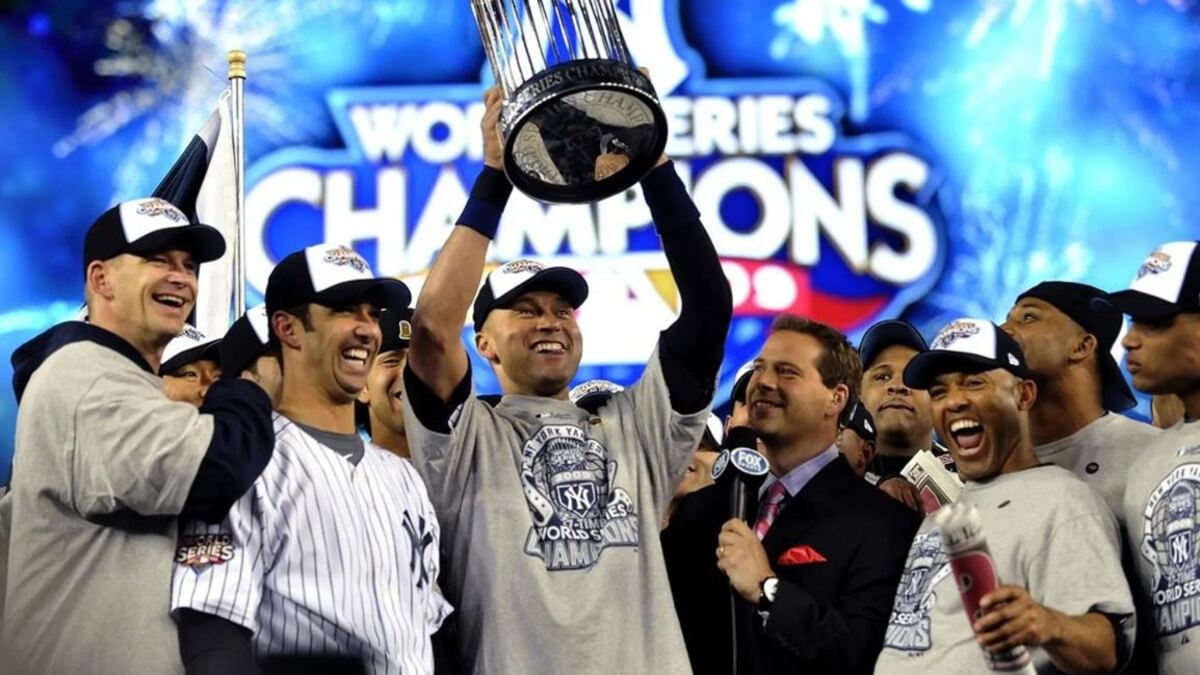
Heading into the 2008-09 offseason, the New York Yankees and long-tenured general manager Brian Cashman found themselves in unfamiliar territory. For the first time since 1993, the Bronx Bombers failed to reach the postseason in 2008, their title drought extending to an agonizing eight years – an eternity by the dynasty’s lofty expectations.
Yet much groundwork had already been laid well before that pivotal winter. Following the 2007 campaign, superstar third baseman Alex Rodriguez exercised his opt-out clause, becoming a coveted free agent. However, the Yankees re-signed their franchise cornerstone to a record-shattering 10-year, $275 million megadeal in December 2007. Just four days later, iconic closer Mariano Rivera remained in pinstripes via a 3-year, $45M pact after likewise testing the open market. A couple weeks prior, stalwart catcher Jorge Posada cemented his Yankee-for-life status inking a 4-year, $52.4M free agent contract. Though DH Hideki Matsui secured an extension through 2009, he originally joined New York from Japan via free agency in late 2002. Outfielder Johnny Damon meanwhile played 2009 in the final season of his own 4-year, $52M Yankees deal signed ahead of 2006.
All this set the stage for Cashman’s monumental free agent trifecta preceding the 2009 campaign. On December 11, 2008, the Yankees lured ace CC Sabathia away from California with a mammoth 7-year, $161 million pact – complete with a player opt-out after 2011 that Sabathia would leverage into another nine-figure windfall. The next day delivered righty A.J. Burnett on a 5-year, $82.5M contract. Then just before Christmas, All-Star slugger Mark Teixeira chose the bright lights of New York over all suitors with a jaw-dropping 8-year, $180M accord running through 2016. Finally in late January 2009, southpaw stalwart Andy Pettitte recommitted yet again via a one-year, $5.5M free agent deal.
Remarkably, despite these huge outlays, the Yankees actually trimmed payroll from 2008’s record-setting $200+ million Opening Day mark – mostly by waving goodbye to the retired Mike Mussina and expiring deals of Jason Giambi and Bobby Abreu. That 2009 core still revolved around captain Derek Jeter fresh off a 10-year extension. But those mega free agent investments proved instrumental in fueling the winningest Yankee squad since 1998’s juggernaut en route to the franchise’s 27th championship.
The gamble paid dividends. Despite Derek Jeter‘s prominent role as arguably the team’s best player, the investments in free agency were pivotal. They propelled the Yankees to their highest win –their final 2009 tally was 103 wins — total since 1998 and culminated in their 27th World Series triumph. While only two players eventually earned Hall of Fame induction, others like Sabathia and Pettitte present compelling cases.
Moneyball vs. Megabucks
Contrasting these two teams underscores a shift in the Yankees’ approach to constructing championship contenders. In the pre-free agency era, savvy trades, extensive scouting, and exploiting other teams’ financial vulnerabilities were paramount. Conversely, the 2009 team aggressively utilized the free-agent market, underscoring the Yankees’ willingness to invest substantially to secure victory.
Both strategies proved fruitful, underscoring the adaptability and financial prowess that have defined the Yankees’ enduring pursuit of success. The future trajectory of the “Bronx Bombers” remains uncertain, as they may continue to pursue shrewd deals, embark on free-agent spending sprees, or forge a new path altogether.
What do you think? Leave your comment below.

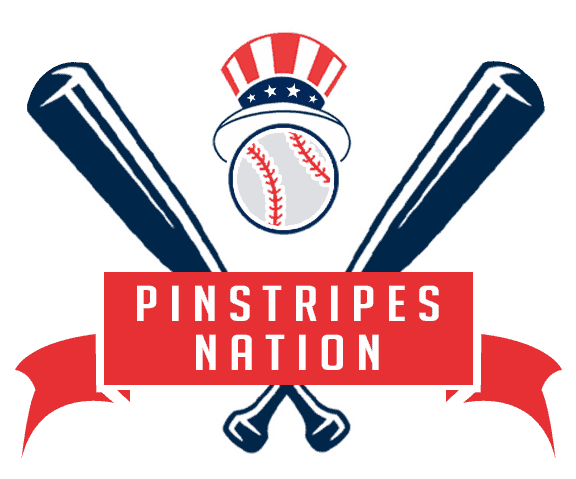
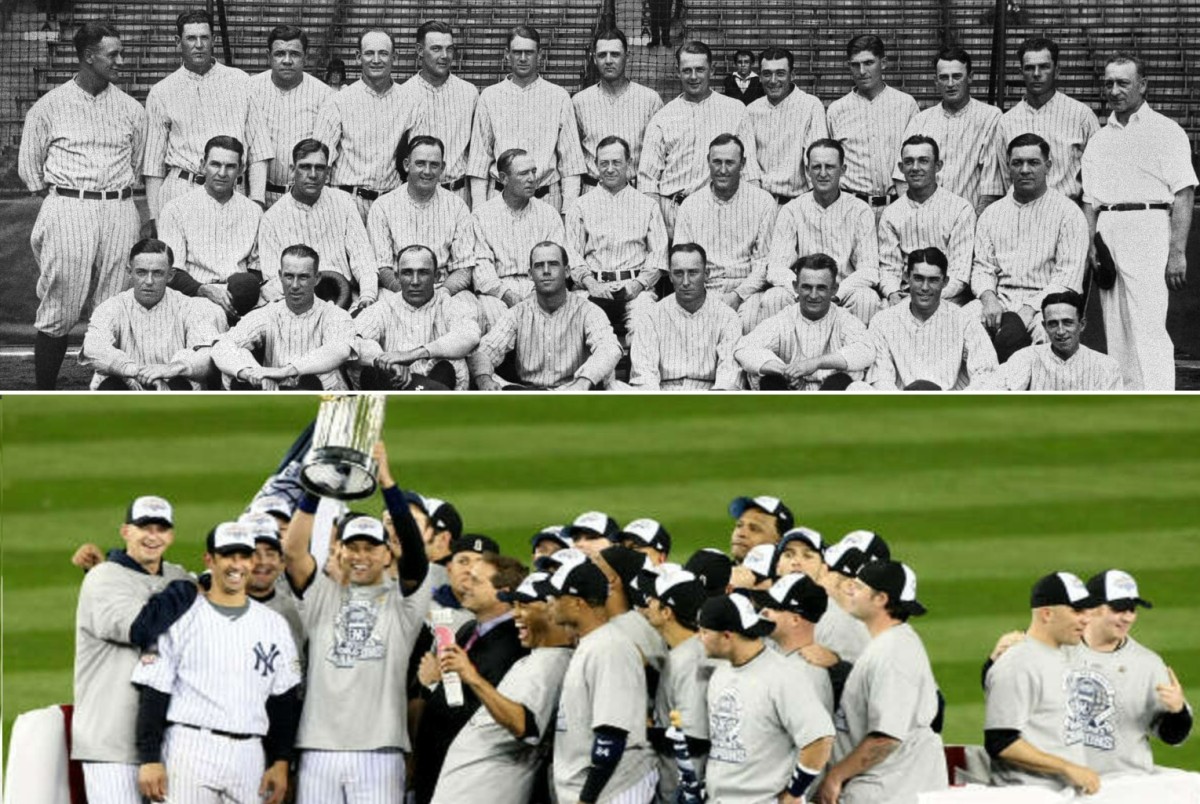
 Follow Us
Follow Us








